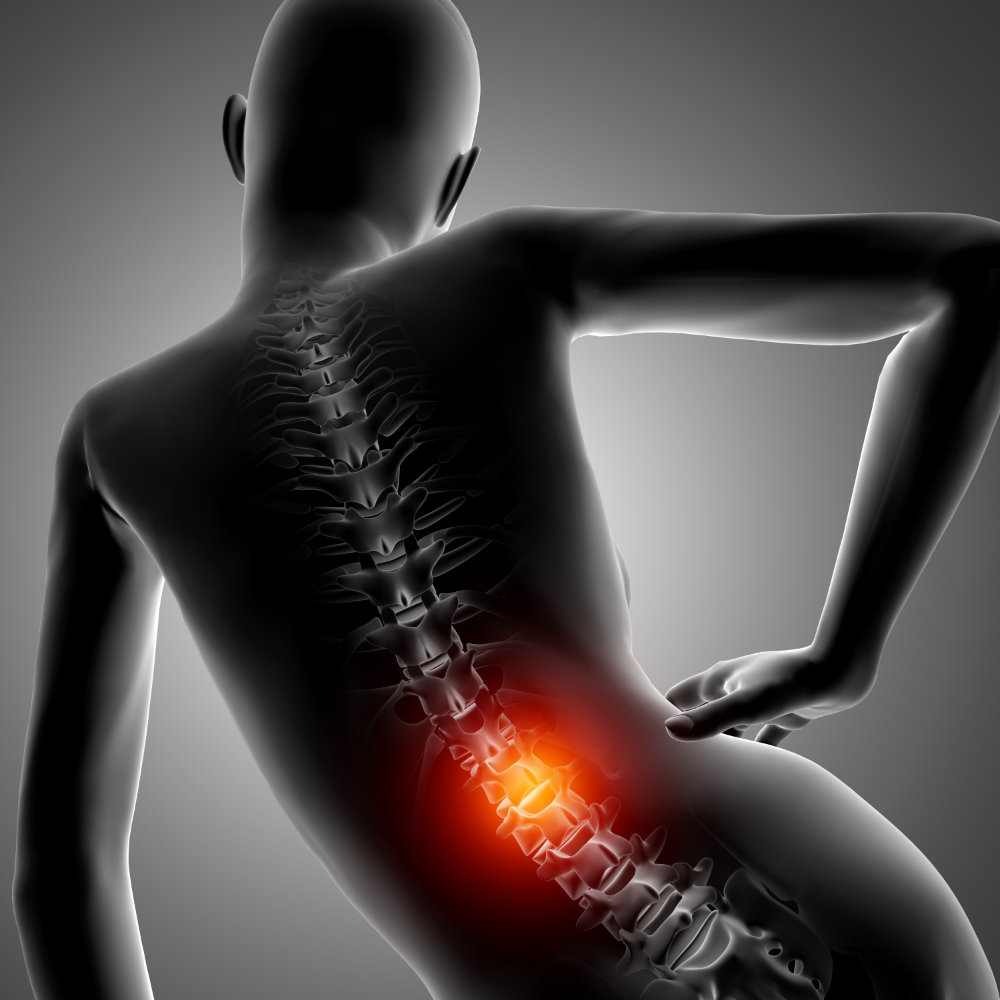
Added: 15 September 2025
National guidelines prioritise exercise-based care, and high-quality reviews show meaningful reductions in pain and improved function when you combine progressive loading with education and the wider factors that drive persistent pain. [1]
Why exercise works for lower back pain (and why “rest” alone doesn’t)
Most ongoing lower-back pain isn’t caused by a single damaged structure. It’s multifactorial, physical, psychological, and social. On the physical side, de-conditioning (reduced strength/endurance of the lumbar extensors and hip musculature) is common in NSLBP. Meta-analysis shows people with LBP often present with weaker hip abductors/extensors and knee extensors reduced trunk extensor endurance is frequently reported, both are trainable with progressive loading. [2]
At the same time, pain science shows persistent LBP can involve changes in pain processing, fear of movement, stress, poor sleep, and reduced confidence in your back’s capacity. Effective treatment addresses both the capacity (strength/endurance) and the psychosocial factors via graded loading, confidence-building, and clear education.
What the guidelines say (UK & international)
- NICE (UK): Offer exercise programmes as first-line care. Consider manual therapy only as part of a package that includes exercise. Do not offer passive electrotherapies (e.g., ultrasound, TENS) or traction as standalone treatments. [1]
- American College of Physicians: Non-drug care with exercise ahead of medication for chronic LBP. [3]
Guidelines also emphasise individualisation: what works varies by presentation, beliefs, movement fears, and lifestyle.
What do the best reviews about Exercise for lower back pain show
- Cochrane 2021 (249 trials): Exercise is probably more effective than no treatment/usual care, reducing pain by ~15/100 (clinically meaningful). Functional gains are smaller but present. [4]
- Network meta-analysis 2023: Across types, structured exercise beats minimal care. Pilates, McKenzie, and functional restoration often rank well; the common thread is consistent, progressive exercise with guidance. [5]
- Pain education: Teaching that “hurt ≠ harm” and that graded loading is safe reduces fear-avoidance and supports better exercise outcomes.
Does strength training help lower back pain specifically?
Yes if applied with intelligent dosing. Randomised work shows an 8-week progressive strength programme (squats, deadlifts, planks, etc.) reduced recurrence (8.3% vs 33.3%) and improved strength and disability scores. Resistance training also supports psychological well-being, crucial when fear of movement is in the mix. [6]
Good practice: keep pain manageable, progress gradually, combine with education, and modify during flares or high fear-avoidance.
What about other treatments for lower back pain?
Manual techniques (manipulation/mobilisation) can offer small, short-term relief, best used as a bridge into active rehab but not not a replacement for exercise. Long-term change comes from progressive loading and movement confidence, supported by sleep, stress, and activity upgrades.
Key takeaways
- Exercise works. Progressive, coached loading is first-line for most NSLBP.
- Passive care is adjunct. Use manual therapy to help you move, not instead of moving.
- Progress > perfection. Build capacity, build confidence, and personalise the plan.
Next steps: book a free consultation
Want to find our more about how I can help your lower back pain? Book a free 30 mminute consultation at the Sowton gym (or online).
Click Here to Schedule Your Free Consultation
References (selected)
- https://www.nice.org.uk/guidance/ng59/chapter/Recommendations
- https://pmc.ncbi.nlm.nih.gov/articles/PMC6454257
- https://www.acpjournals.org/doi/10.7326/M16-2367
- https://pubmed.ncbi.nlm.nih.gov/34580864/
- https://pmc.ncbi.nlm.nih.gov/articles/PMC10250000/
- https://pubmed.ncbi.nlm.nih.gov/33187076/
Image by kjpargeter on Freepik
More Personal Training News

Strength training in Exeter: smart training for adults 40 plus (not just athletes)
If you're 40+ and want to move better, feel stronger, and stay active for decades, you don't need gym heroics, you need a plan that respects joints, builds capacity, and fits your schedule..
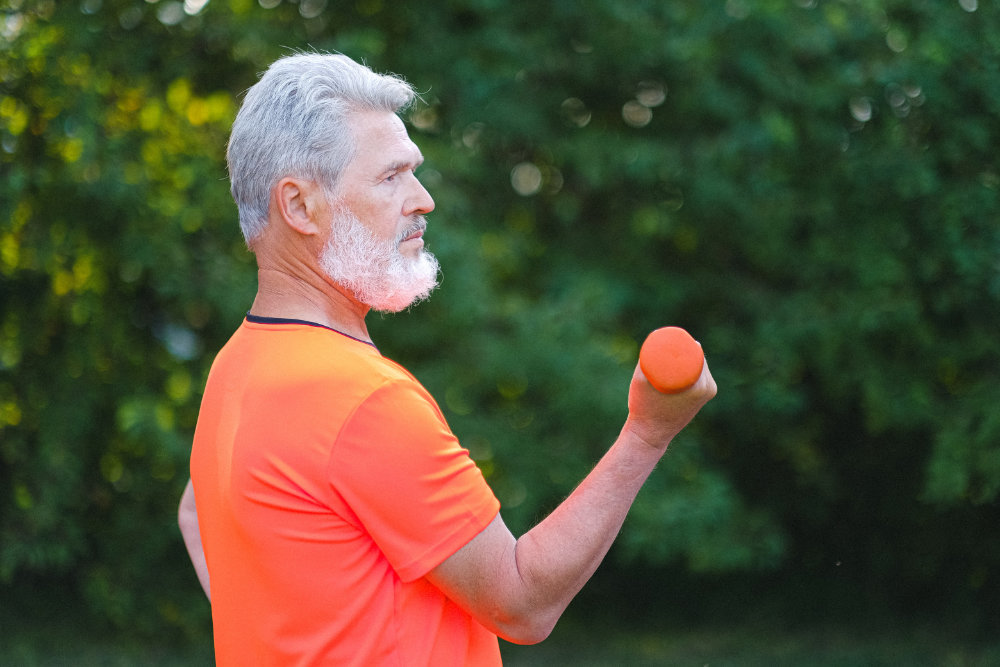
Over 50s personal training in Exeter and East Devon
If you’re 50+ and wondering how to get stronger, move better, and feel more like you again good news: you’re never too old to start (or restart)..

The power of consistency to build a fitness routine that sticks
We all know how tough it is to stick to a fitness plan. Life gets busy, motivation fluctuates, and sometimes exercise slips down our priority list..
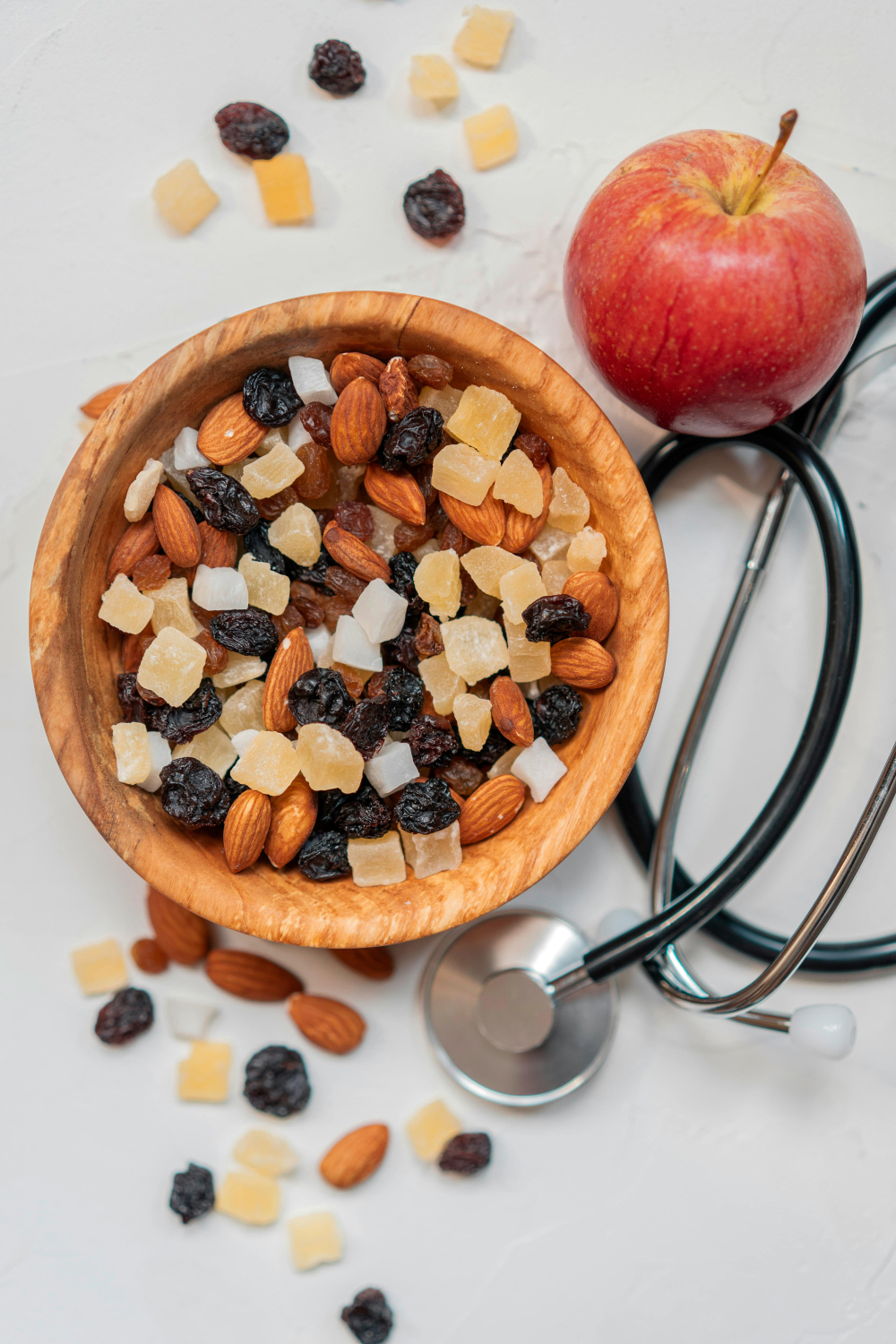
Can eating your way to healthy aging make a BIG DIFFERENCE
When it comes to healthy aging, many people often focus solely on exercise. While staying active is crucial, recent research highlights just how powerful our diet is in determining our health as we age..

Is Fluoride in the water a helpful fix or just covering the cracks
There’s talk again about adding fluoride to drinking water (this time in Plymouth) as a way to tackle rising levels of tooth decay, especially in children..

Simple Mobility Exercises to Relieve Stiff Joints
If you're spending all day at a desk, you've probably had to put up with creaking joints, cramped muscles, and occasional aches. The bright side?.

How Strength Training helps to Relieve Pain in Knees
Knee pain is infuriating. It can creep up on you over a period of time or hit you after many years of keeping active..

How to manage stress while maintaining good health
Life in a high-pressure job can be demanding, and stress often feels like an unavoidable companion..
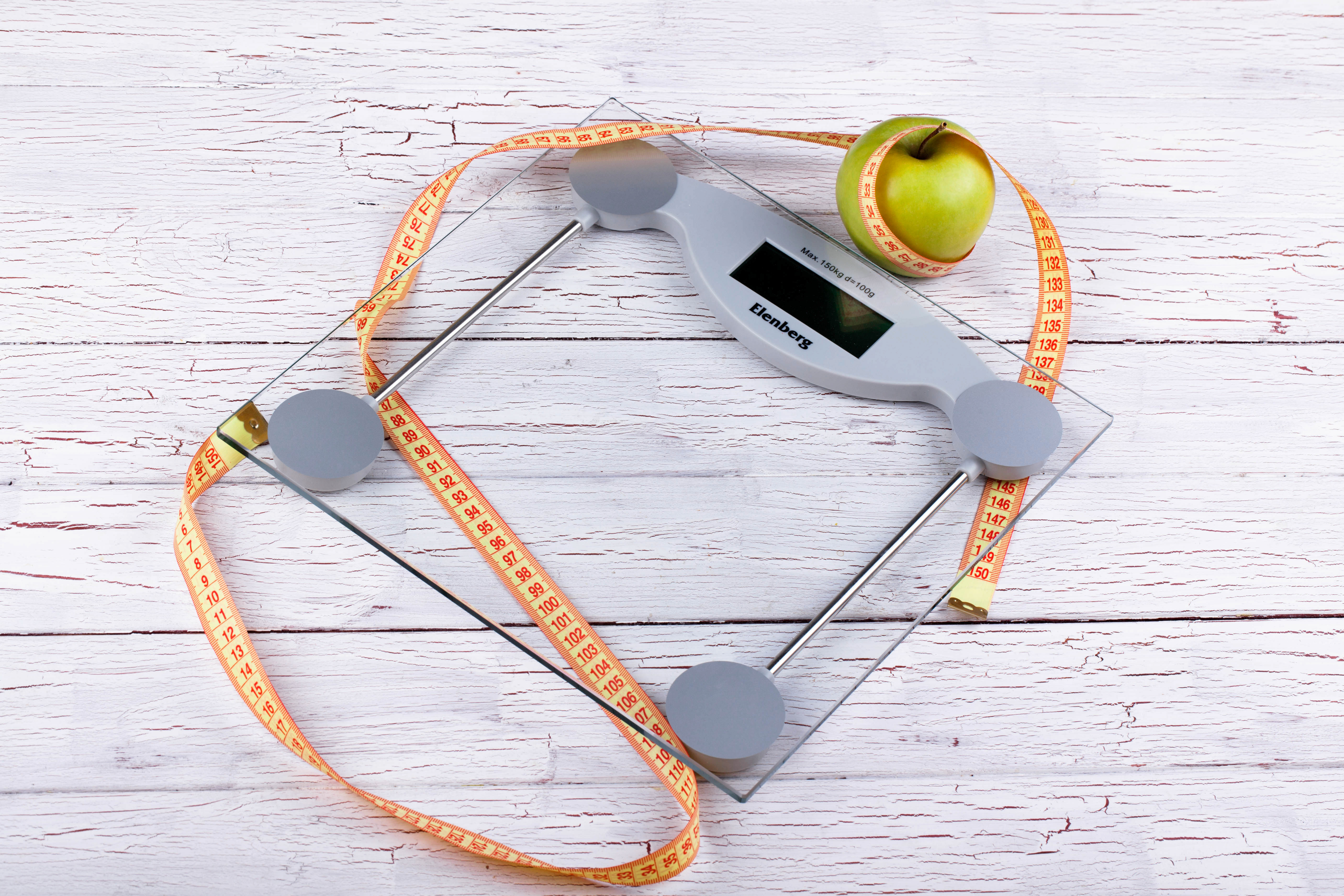
Is GLP1 a New Tool in the Fight Against Obesity
The UK government recently announced [1] a major trial investigating weight-loss drugs like GLP-1 agonists (e.g., tirzepatide) as part of the ongoing strategy to tackle rising obesity..

Why New Year's Resolutions often fail and how to Succeed
Did you know that a huge number of people (nearly 80%) give up on their New Year's resolutions by February?.

Gut Health The Game Changer for 2025
Gut health is fast becoming the wellness buzzword, and for good reason..

Understanding and Implementing Contrast Strength Training
Strength training has evolved into a science, and one method standing out in both athletic performance and general fitness is contrast strength training..
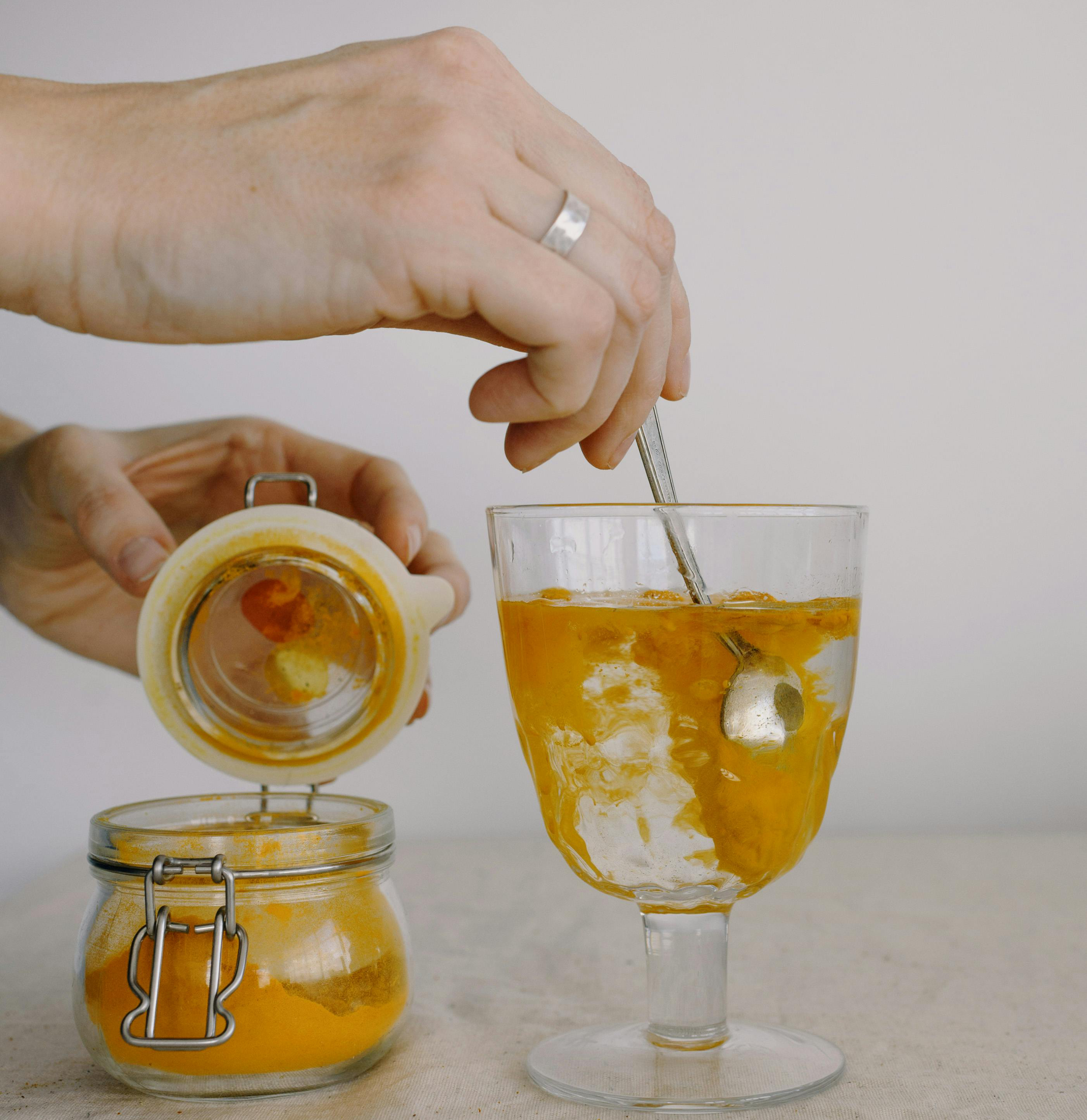
Turmeric: The Golden Spice of Health and Fitness
Turmeric, a vibrant yellow spice native to Southeast Asia, has gained global recognition not only for its culinary appeal but also for its impressive health and fitness benefits..

Sitting too much is harming your heart
Modern lifestyles have made prolonged sitting a daily norm, from long office hours to unwinding on the couch..
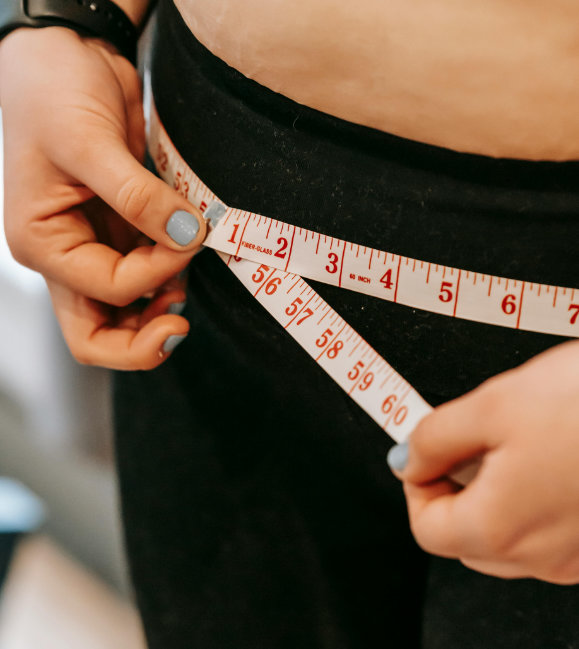
Why High Calorie Restriction Diets Don't Really Work
When people want to lose weight fast, the first instinct is often to drastically cut calories, believing that eating less will lead to quick fat loss..

Strength Training Builds a Foundation for Lifelong Health
As we age, maintaining our physical health becomes increasingly important, yet many people still believe that getting stronger is something reserved for younger years..

Top 10 benefits of Resistance Training has for treating the symptoms of lower back pain
Resistance training offers lots of benefits for treating the symptoms of lower back pain, making it an essential part of a pain reductions programme..

The Power of Protein: Why your body needs it
What exactly makes protein so essential, and how can you ensure you're getting the healthiest sources?.

Is a periodised training programme only beneficial for athletes
When it comes to achieving optimal fitness and performance, the concept of periodised training has long been a cornerstone in the world of athletics..

Can Exercise Reverse Type 2 Diabetes
Different forms of exercise, from aerobic activities to resistance training and HIIT, offer unique benefits in improving insulin sensitivity and overall health..
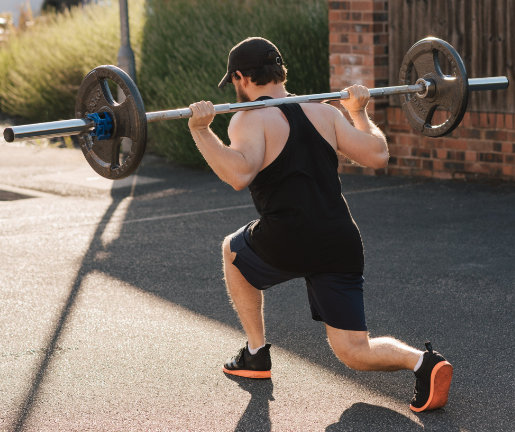
Is Exercise a Natural Antidote to Depression
Incorporating physical activity into your routine can contribute to a brighter, more resilient mental state..
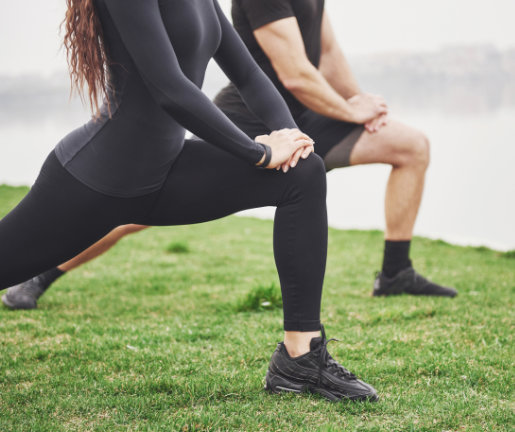
Does Static Stretching Before Exercise Decrease Performance
Numerous scientific studies have shown that static stretching before exercise can actually have a negative impact on performance..

The Benefits of Resistance Training for Children
Resistance and weight training have long been associated with building muscle and improving strength in adults. However, there is a growing body of evidence suggesting that these forms of exercise can also be highly beneficial for children and adolescents..

Is Strength Training good for managing the Menopause
Menopause is a significant phase in a woman's life, marked by hormonal changes that can bring various physical and emotional challenges..
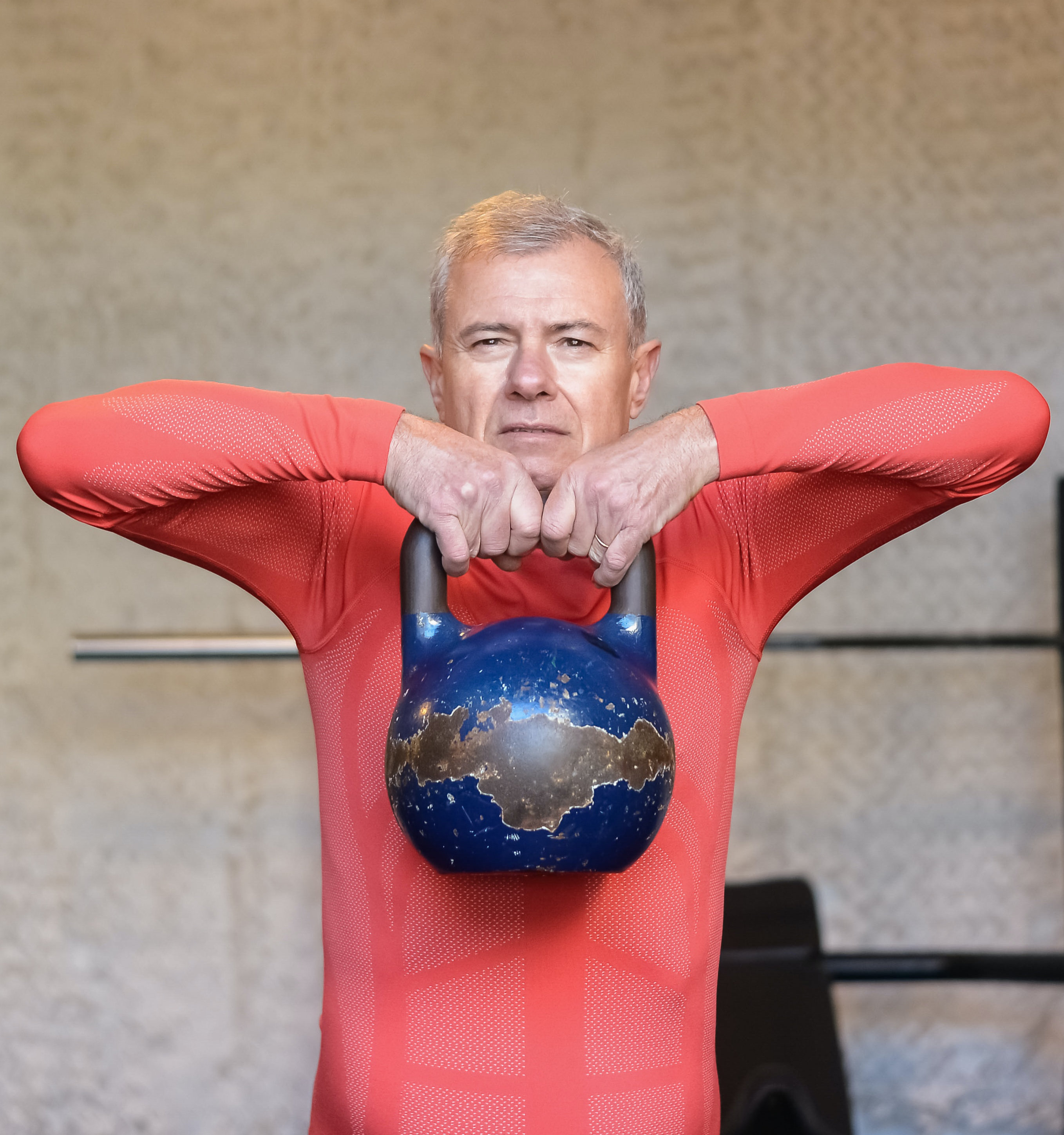
Is the Kettlebell the Ultimate Workout Tool
In the realm of fitness, the search for the ultimate workout tool is endless. When it comes to efficiency, versatility, and effectiveness, I think it could be the kettlebell..

Use it or lose it as the old saying goes
As the years go by, it is commonly believed that our bodies inevitably lose muscle mass, bone density decreases, and overall strength declines. However, scientific evidence suggests otherwise..
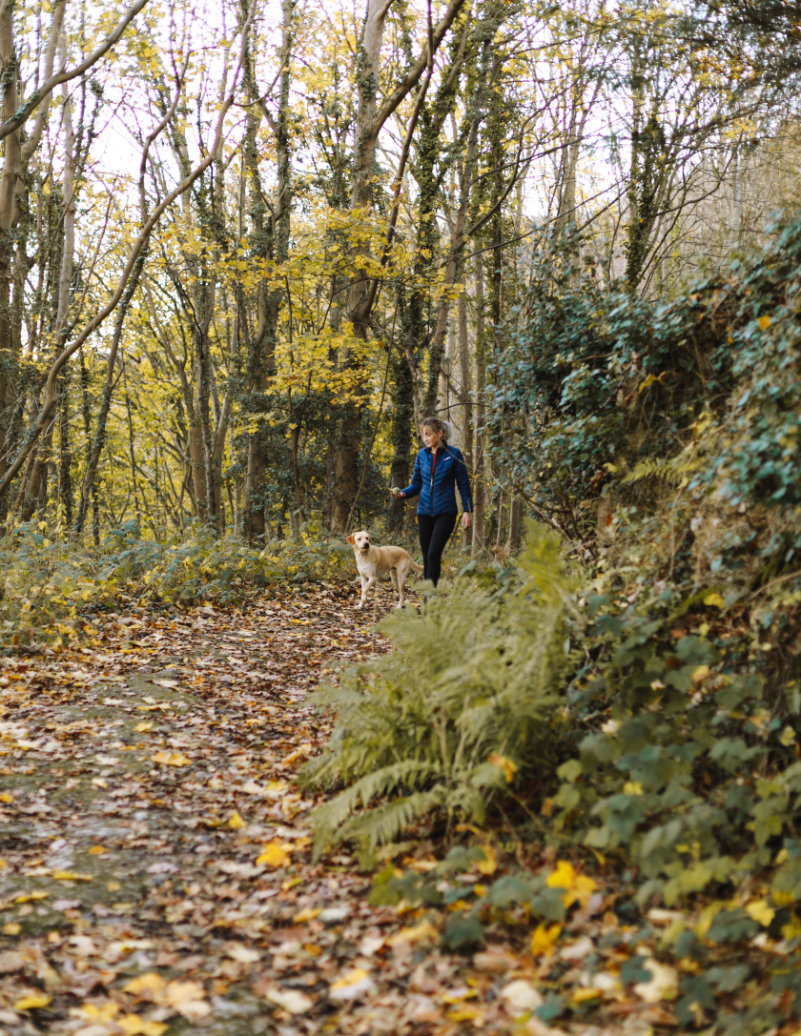
Don't be a cave man....be active this autumn
The nights getting darker and temperature dropping signal a time for cozy evenings and warm comfort foods. With this change in season also comes a tendency to slow down, exercise less, and indulge in calorie-rich treats..

Hypertension and High Intensity Interval Training
If you’re currently suffering from hypertension or pre-hypertension then perhaps carrying out some form of High Intensity Interval Training (HIIT) might be able to help reduce it..